Implementation of the Corporate Project Management System (CSPM)
My name is Andrey Berehovenko and I have more than 13 years of practical experience in implementing project management systems in various business areas (IT, manufacturing, retail, media, logistics, pharmaceuticals, innovation, etc.). In this article I will share with you the accumulated experience of effective implementation of project management technologies. The article will be useful both to business owners who want to improve efficiency and productivity, and to managers of project offices who, in fact, realize these business goals.
Development strategy
First of all, it is necessary to clearly understand that the Corporate Project Management System (hereinafter referred to as the KSPM) is not a separate autonomous entity, but a part of a single business organism of the Company. By itself, the KSUP is not of value to the business. It is a tool for achieving business results, for implementing the Company's strategy.
If you came to implement KSUP in a Company whose management does not understand what I have written above, then either you will need to spend a lot of effort to form this understanding, or it is better not to take on the implementation, which is likely to end in failure. There will always be sabotaging centers that will ruin everything that is healthy that you want to do.
Below is a high-level decomposition of the strategic goal of the Company, which I often use when implementing CSPC:
Project Management System Components
I distinguish 3 main components of the KSUP - this is a methodology ("rules of the game"), an information system (automation of those processes that can be automated) and, most importantly, these are people, Project managers and administrators who will manage projects, I use for this, in first of all, their knowledge, skills and abilities, and secondly - regulations and information system.
Now in more detail about each component.
Project management methodology
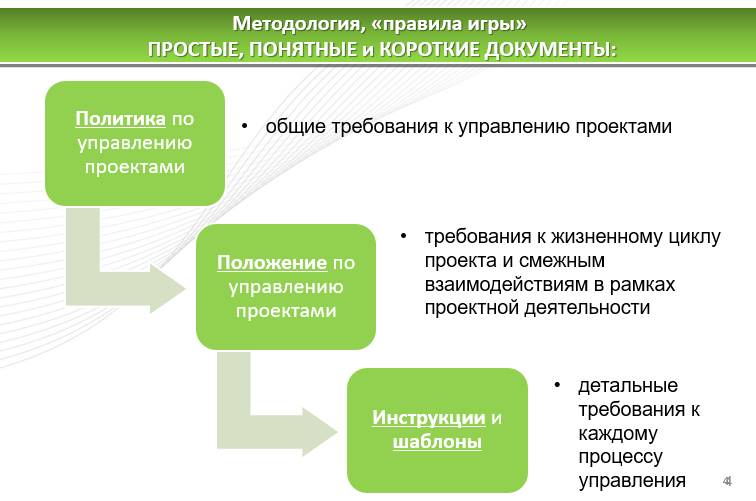

Organizational structure and areas of responsibility
Organizational structures are very different, depending on which model of the Project Office you are implementing. Today I will focus on the structure with which I often start the implementation of CSPC. It is most optimal in order to show the benefits and sell the project management technology for all interested parties at the first stages.
This is a structure in which, at the early stages of the implementation of the CMS, we do not inflate the staff of the Project Office, but find Project Managers in functional departments. You can argue a lot about its pros and cons, but this is the subject of my next article.
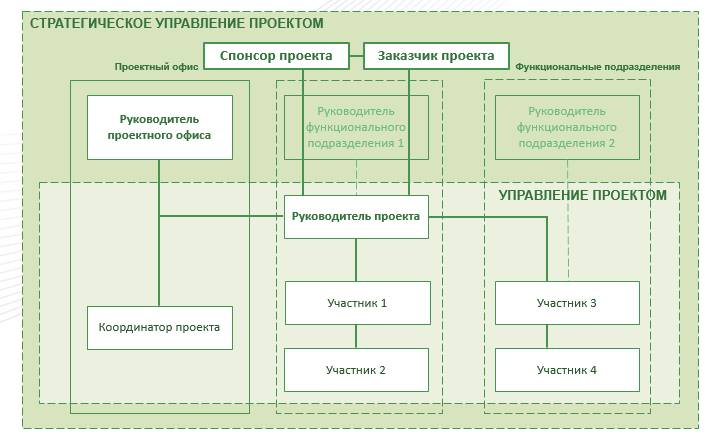
Areas of responsibility of each member of the organizational structure:
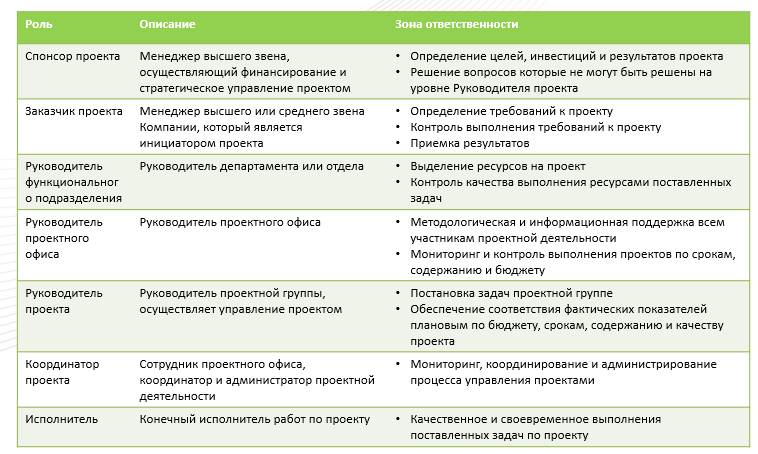
Project committee
Project committee Is a collegial body for making key decisions on projects
Committee composition
· Chairman - General Director.
Moderator - Head of the Project Office
Permanent participants - Heads of functional areas
Participants Involved on a Non-Regular Basis - Leaders of projects requiring special attention
Frequency of the committee
Weekly - the first 6 months of the implementation of the management system
Monthly - from the 7th month
Committee functions
Making decisions about the transition to the next Gate of the project
· Acceptance of management influences on projects requiring special attention.
Decision-making on the feasibility of initiated projects, appointment of the management team (Sponsor, Customer and Project Manager)
Deciding on the approval of project concepts
Decision-making on the approval of Feasibility studies, Charters and budgets of projects and the start of work
Making a decision to change project milestones
· Approval of project results
Project quality
It is important to understand that the quality of a project is not only a high-quality local task within the project, but the integral quality of the result, the product of the project and the quality of meeting those requirements that are set for project management.
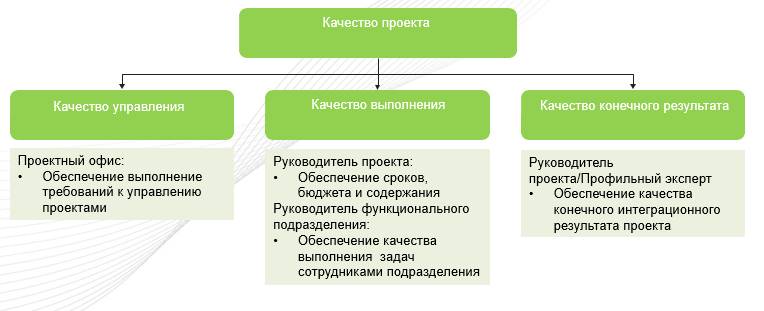
Definition of management objects
At the very first or even zero stage of the implementation of the CSP, it is categorically important that all activities need to be identified and classified. The first step to failure is to call all activities projects, set uniform rules for them and fall into the bureaucracy and indignation of the participants in all this action. Therefore, I propose the following classification:
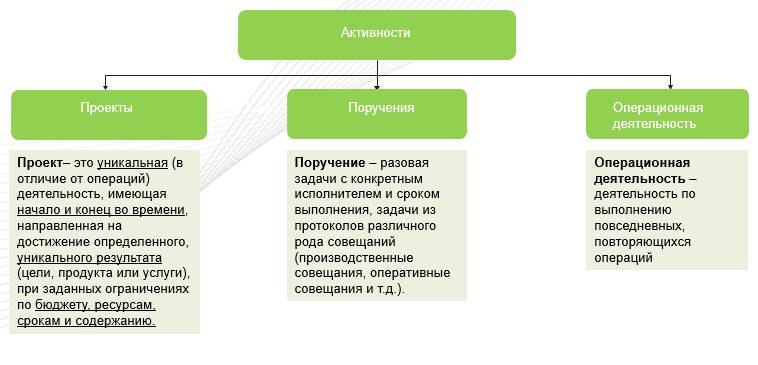
Portfolio of projects
When you have classified all the activities in your Company, what you named projects needs to be decomposed even deeper and form portfolios of projects. Below is a decomposition of one of my portfolios. It is versatile enough to fit a variety of Companies.
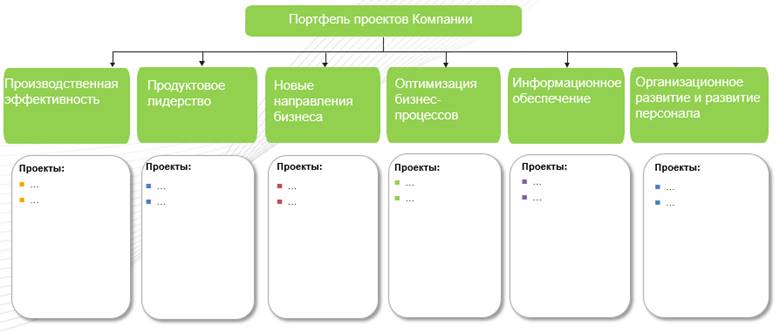
Project life cycle
One of the key foundations on which project management is based is the project life cycle. There can be a different life cycle for each portfolio and even for each project. Below is a diagram of a fairly universal life cycle that I actively use in my practice.
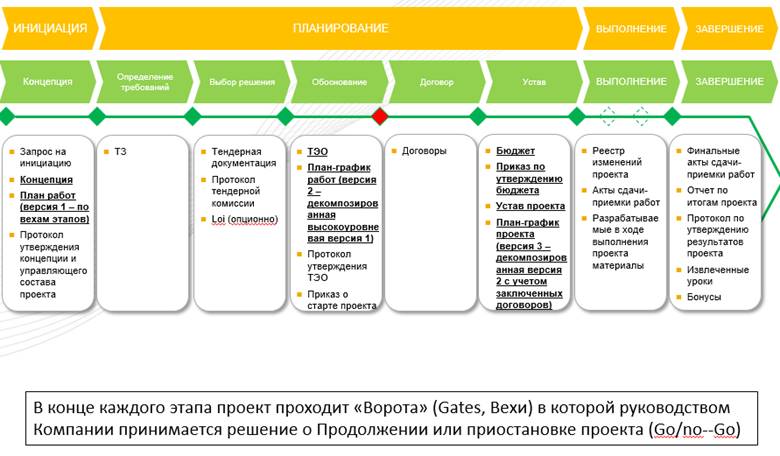
Motivation of project participants
An important factor is the motivation of the project team members to perform the tasks assigned to them within the framework of the project. This topic is especially relevant when employees combine operational and project activities. This combination leads to a huge number of conflicts of interest and has a very detrimental effect on the performance of the employees themselves. But this topic is worthy of a separate article, which I will write later.
Below are the main aspects of the motivation system:
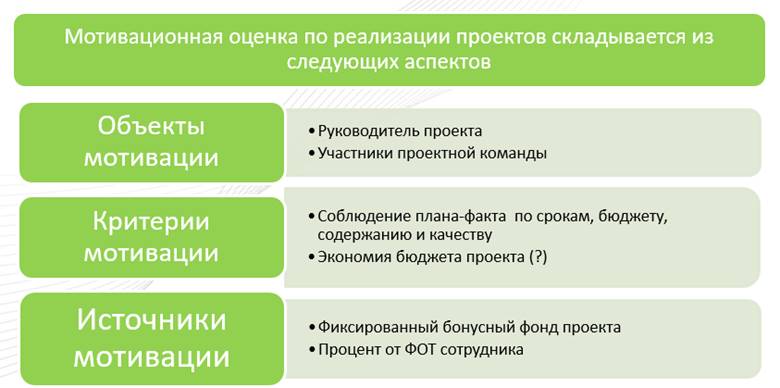
Stages of project management system implementation
Below I will present the main (not decomposed) stages of the implementation of the KSUP, it will be useful for you to put them as a basis:
· Survey of the current situation (as is)
o Study available documentation
o Interviewing owners and participants of key business processes
o Identification and description of current activities
o Activity classification
o Formation of a portfolio of projects
Development of the Concept for the implementation of KSUP (to be)
o Protecting the Concept with stakeholders
Methodology development
o Interviewing key participants in project activities
o Development, coordination and approval of the Provisions for project management
o Development, agreement and approval of Instructions for key processes
o Development, coordination and approval of templates for project documents
Implementation of a project management information system
(the stage is parallel to the methodology, but automation can be done only after the Regulation on Project Management is approved, or better, when they began to use it and the processes are somehow debugged, but the desire to implement the system as quickly as possible leaves its imprints)
o The decomposition of this stage is worthy of a separate article, which I will soon write
Training of participants in project activities (a categorically important stage)
o Training in project methodology, project management technology
o Training to work in the Project Management Information System
o Necessarily - control of the acquired knowledge (first of all, it is imperative to understand the trained managers to effectively manage projects, and project teams to work in a new paradigm, often at this stage there is a change in the organizational structure, which I described above, and a full-fledged Project office is formed with professional Project Managers and Administrators).
Experimental operation of the system (it is important to make a good pilot project and test the system and tools in real life)
Commissioning into commercial operation (possible only after successful trial operation, success must necessarily be measurable)
System support and development
Quick wins
When implementing the KSUP, shareholders, top managers and other stakeholders expect quick victories from you. What, in my opinion, should be emphasized in the first place to achieve these victories:
· Project management
o Structuring and launching the highest priority projects (I will write about how to prioritize projects in the next article)
Methodology
o Development of Policy and Regulation on project management
o Development of technological maps for each type of project
Project management information system
o Basic settings for MS Project Professional and Online or some other system (remember that this is just a tool and there is no fundamental difference which system you choose) - more on this in my next article
o Publication and monitoring of launched and structured projects
“When processes are absent, experience can be a substitute for them.
When there is no experience, rules can replace it.
When there are no rules, there are only rituals.
Rituals are the beginning of chaos "
Lao Tzu, "Tao Te Ching"
 Discounted payback period
Discounted payback period Methodological aspects of project management
Methodological aspects of project management Scrum development methodology
Scrum development methodology